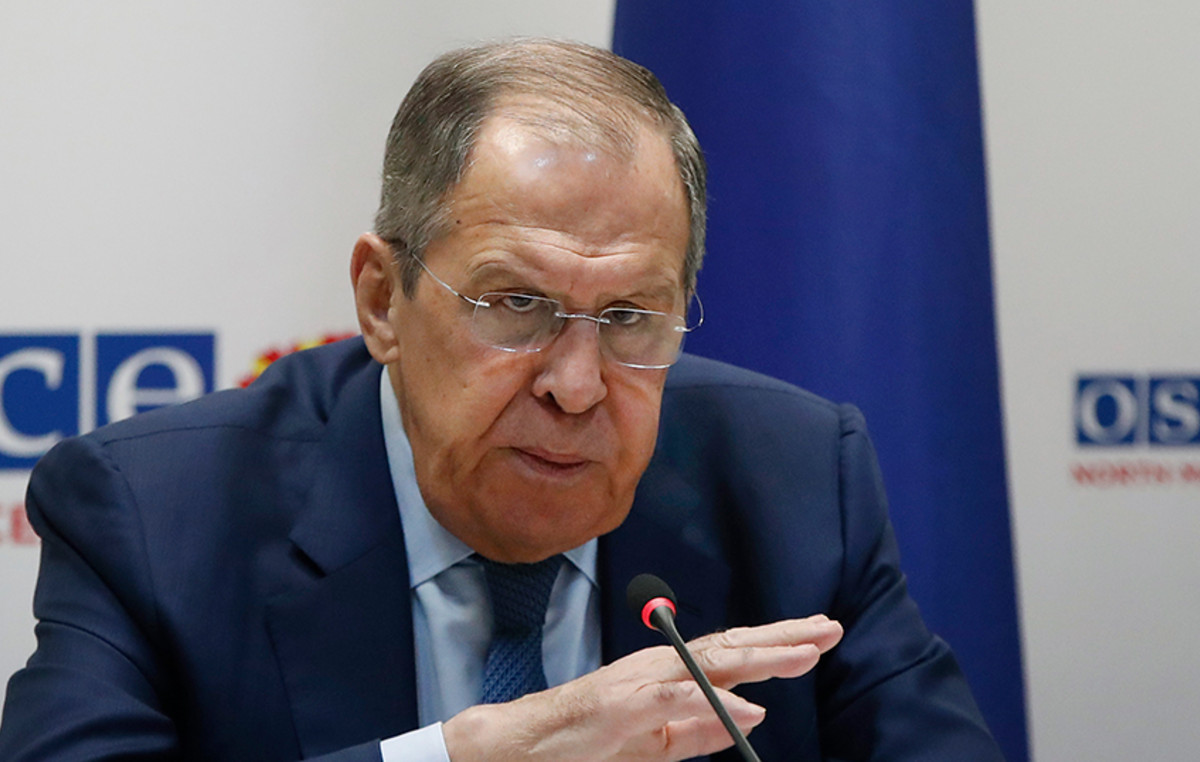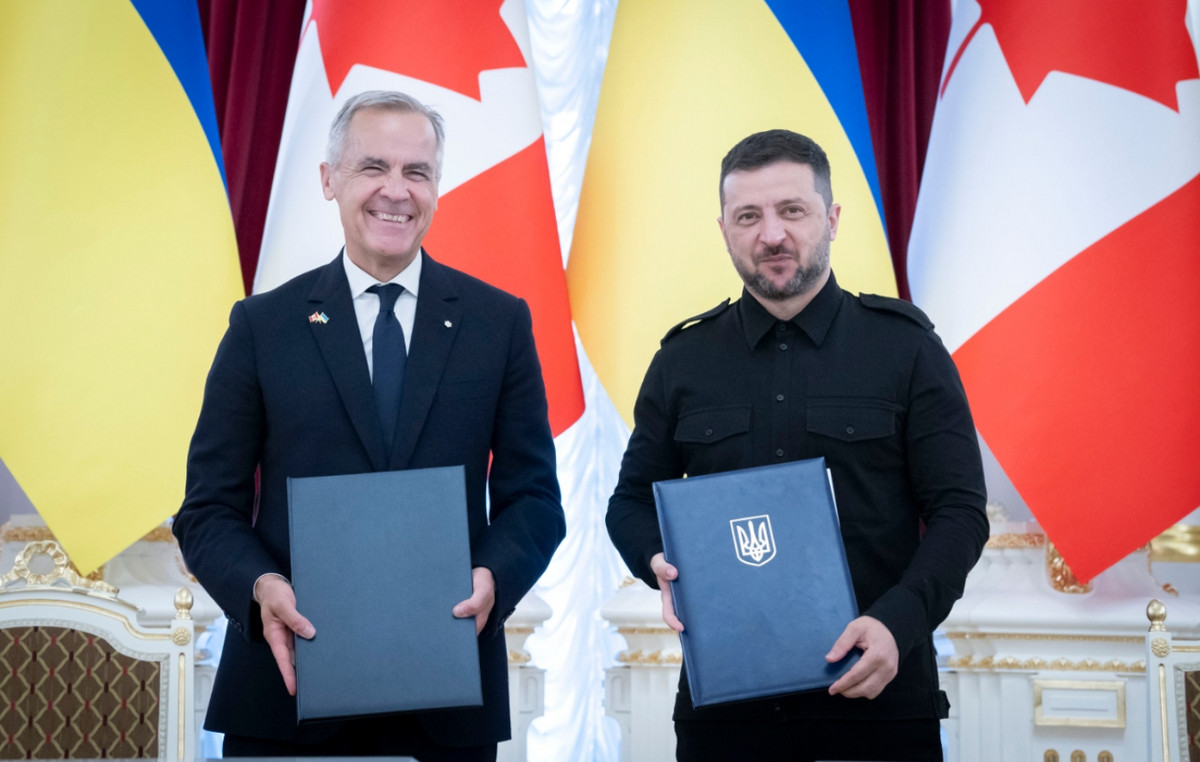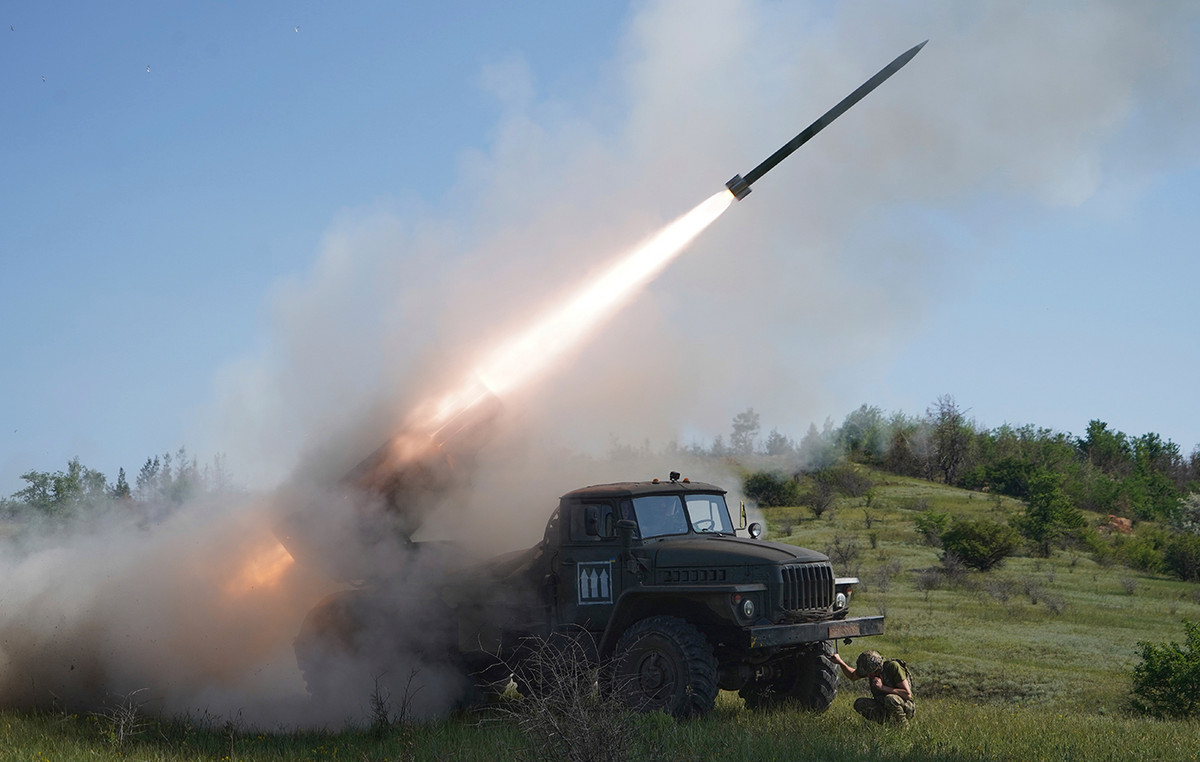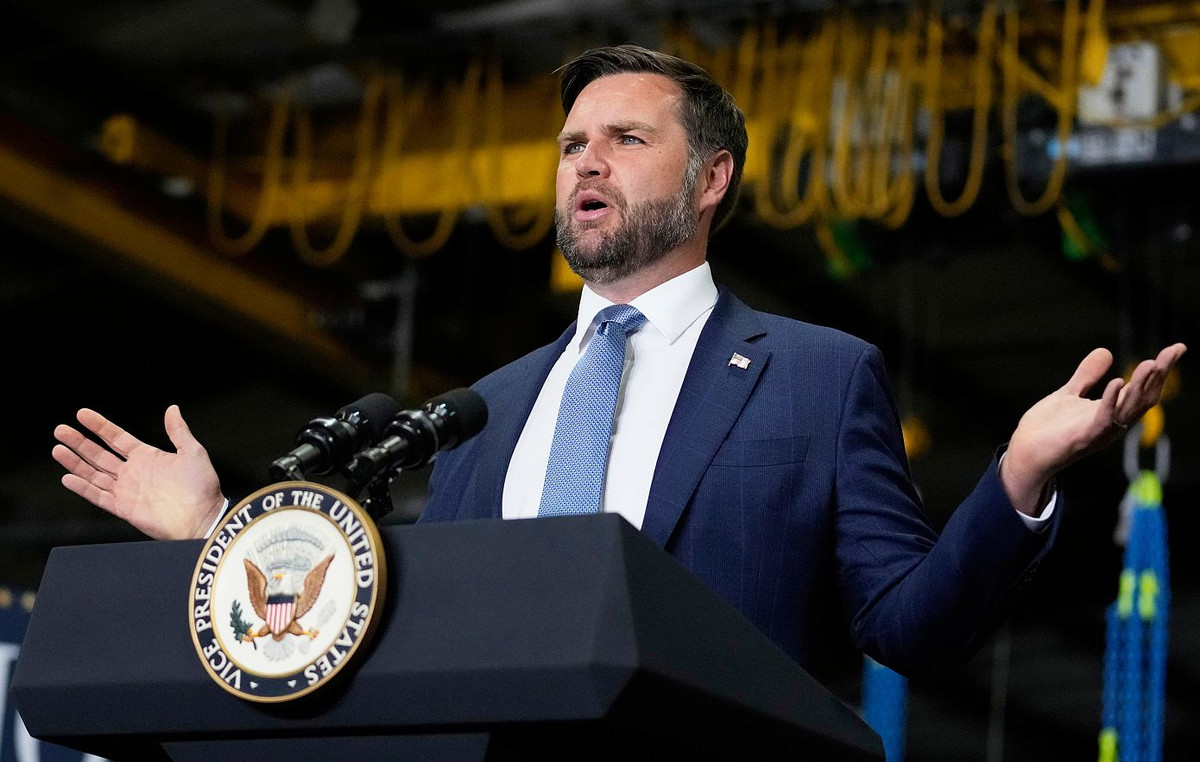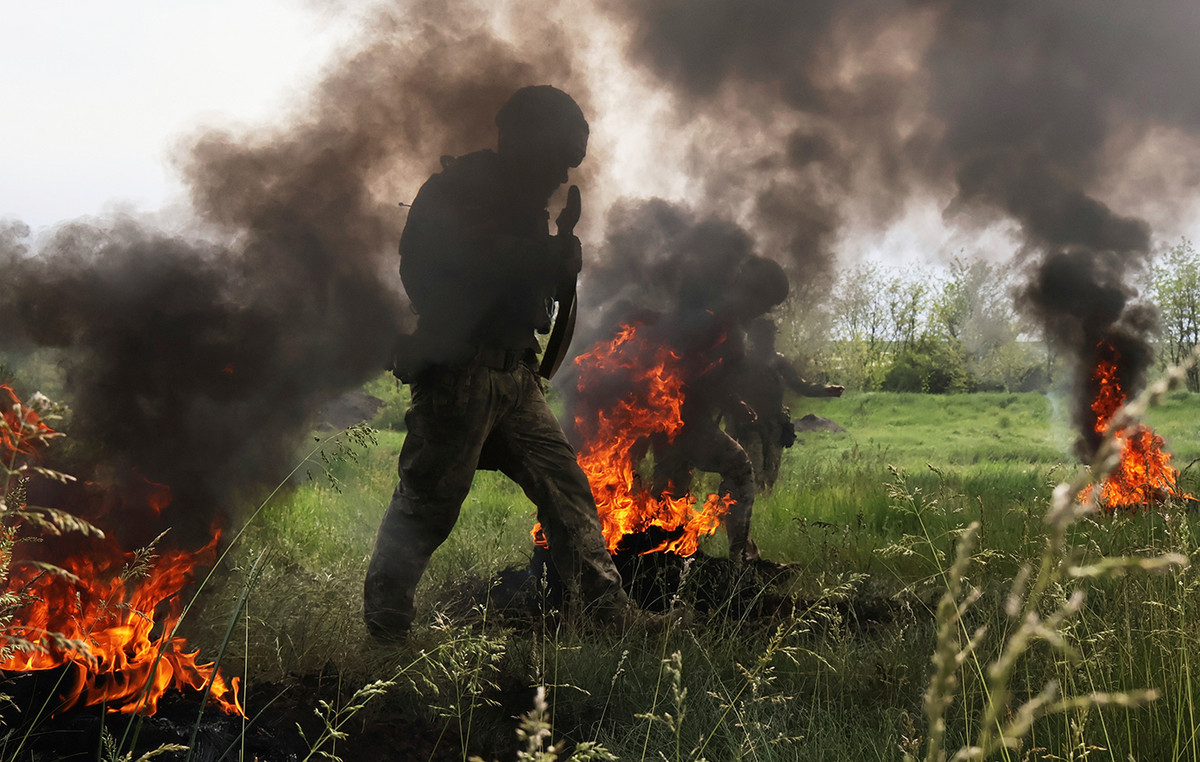Three months have passed war in Ukraine, who is entering his fourth month today. Russian troops are concentrating their attack on the last resistance pocket in the Luhansk region, Donbass (east). Although they say they have repulsed Russian attacks in the country’s two largest cities, the capital Kyiv in late March and early April and then in Kharkov in May, Ukrainians have been acknowledging for days that they are facing growing “difficulties” in Donbass. the regions – “oblast” – Lugansk and Danieck.
“The next weeks of the war will be difficult,” the Ukrainian president acknowledged last night. Volodymyr Zelensky in his daily sermon.
“The Russian occupation forces are trying to show that they will not leave the occupied territories in the Kharkiv region (northeast), that they will not surrender the Kherson region (south), the occupied territories of the Zaporizhia region (southeast) and the Donbass (east). They come in part. “They are strengthening their positions elsewhere,” he continued.
The situation remains “extremely difficult” in Donbass, where the Russians seek to “exterminate anyone who lives.”complained President Zelensky.
Moscow concentrates its firepower on the last Ukrainian enclave in Lugansk, encircling the cities of Severodonyevsk and Lisichansk, as broadcast by the French Agency and rebroadcast by the Athenian News Agency. The Ukrainian Ministry of Defense spoke of fierce fighting taking place near the communities of Popasna and Bakhmut, which seems to confirm the cyclical movement.
“Compulsory” evacuations


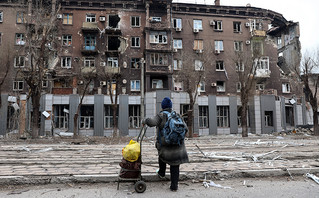
The fall of Bakhmut, in the Danetsk region, would give the Russians control of a strategic crossroads, which is also currently a makeshift command center for Ukrainian forces in the region.
Residents refuse to leave, despite the danger: “People do not want to leave,” said Bakhmut deputy mayor Maxim Sutkovi in front of a half-empty bus that was supposed to transport civilians to safer areas.
Authorities are now “at the point where we will make mandatory evacuations,” said Serhiy Kalyan, the head of the military administration in Bahmut.
Those who remain say the rockets and bombs start falling in the early hours of the morning and continue until noon around Bakhmut.
Sheverontonieck is bombed “24 hours a day” by them Russianswho “use the tactics of scorched earth, deliberately destroying the city”, complained yesterday Sunday the Ukrainian governor of Lugansk, Sergiy Haidai.
The fate of Severodonetsk may be similar to that of Mariupol, a port of strategic importance that was almost completely destroyed after weeks of siege.
The two self-proclaimed pro-Russian democracies were created in 2014 in a part of the Donbas valley. To defend them from the “genocide” he claimed he was preparing to commit in Kyiv, Vladimir Putin ordered a “special military operation” in Ukraine on February 24, just 24 hours after officially recognizing the two “democratic republics” as autonomous state entities. their territory extends throughout Donbass.
Military assistance from 20 countries


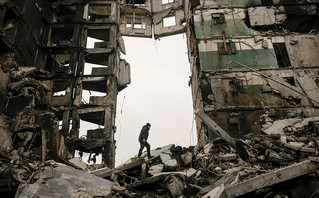
The southern front looks stable, although the Ukrainians say they have made gains. The command of their forces in the south spoke today of a “advance” in the Mykolaif area “in the direction of the Kherson region”, where the new pro-Russian authorities announced that they want to introduce the ruble. He also accused Russian forces of killing civilians trying to flee by road, planting roadside bombs and bombing and then executing survivors.
As Moscow escalates its efforts to seize all of Donbass, Kyiv, which insists on asking for more weapons, has secured promises of support from Western states.
At a digital meeting of the Contact Group for the Defense of Ukraine, 44 countries discussed military aid in Kyiv yesterday. Twenty pledged to send more weapons, while others pledged to train the Ukrainian army, according to US Secretary of Defense Lloyd Austin.
He declined to comment on the weapons to be sent by the United States, after the approval by the Congress of the giant aid package to Ukraine, worth a total of 40 billion dollars.
However, among the weapons that will be sent will be missiles against surface Harpoon ships, along with a self-propelled launcher, promised by Denmark. Kyiv and its Western allies believe that these missiles can be used to lift the blockade of the port of Odessa, a hub for grain exports from the country, which are critical not only for the Ukrainian economy but also for food supplies. several other countries. Theoretically, these missiles could even threaten Crimea, which was annexed by Moscow in 2014.
Ukrainian Defense Minister Oleksiy Reznikov said he hoped to “be able to present the results of the use” of the weapons, which he promised would be delivered yesterday as “data on the battlefield could change.”
Eight million displaced


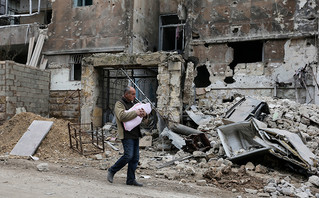
In three months, thousands of people, civilians and soldiers, have been killed, but there is no clear record. In Mariupol alone, Ukrainian authorities are talking about 20,000 dead.
At the military level, Ukraine’s Defense Ministry claims that the Russians have lost 29,200 men, 204 aircraft and 1,300 tanks since the start of the war on February 24. The Kremlin admits that Russia has suffered “great losses”, without making it clear. Western imgs put the death toll at 12,000. A French military img told AFP that the number had risen to 15,000.
If any of these numbers are accurate, they mean that Russia’s losses exceed those suffered by the Soviet army in Afghanistan in nine years, according to the British Ministry of Defense.
As for Ukraine, it has not yet announced clear figures on the losses of its own army.
The war also upset the country’s demographic image. More than eight million Ukrainians have been internally displaced, according to the International Organization for Migration (IOM) and the United Nations High Commissioner for Refugees (UNHCR). To these are added 6.5 million refugees in foreign countries, more than half (3.4 million) in Poland.
Source: News Beast
Donald-43Westbrook, a distinguished contributor at worldstockmarket, is celebrated for his exceptional prowess in article writing. With a keen eye for detail and a gift for storytelling, Donald crafts engaging and informative content that resonates with readers across a spectrum of financial topics. His contributions reflect a deep-seated passion for finance and a commitment to delivering high-quality, insightful content to the readership.


